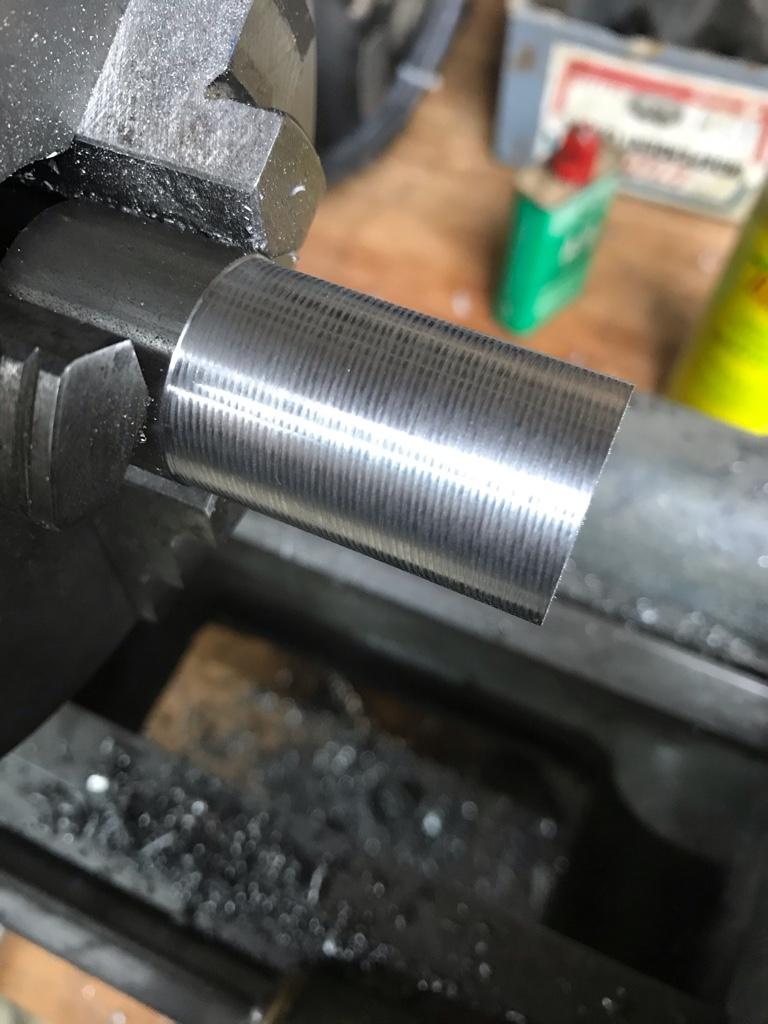- Joined
- Oct 16, 2019
- Messages
- 6,576
Thanks for this Mike.Dave, I've posted this chart multiple times on this forum but thought I would do it again because it is an extremely useful chart. It tells you what your blank OD should be to produce the class of fit you want, be it a class 1, 2 or 3A. It also gives you the pertinent pitch diameter so you know what your target range is when you use your thread mic. You won't need all of this data for every thread you make. Most of the time you can cut to fit a nut or female thread you already have, in which case the following formulas will get you close enough.
Estimated thread infeed using cross slide = 0.75/tpi; Alternative formula = Maj dia - Min dia / 2
Estimated thread infeed using compound = 0.75/tpi X 0.866 (which is the Cosine of 30 degrees)
Note that no formula is exact. It is wise to begin checking for fit or pitch diameter before you get to any calculated infeed. I typically start checking at least 0.005" before, or more for a class 3 thread. You do not want to overshoot your final depth of cut.
It is also important to taper your infeed depths of cut. For the first pass, you can go up to about 0.010" deep but for subsequent passes you want to take lighter cuts because more of the tool will be engaged in the cut as you go deeper and cutting forces increase dramtically. For a second pass, 0.005" works, then 0.003-4" for the third pass, then 0.002-3 for the fourth pass and so on.
As I don't have thread wires or mic just yet I used the fit the female thread approach for the 3/8-16 thread.
So if I read this correctly for a 3/8-16 thread
.75 /16 =.0468
.0468 X .866 = .0406 calculated thread depth.
That just happens to be the table value for 3/8-16.
Fascinating!


